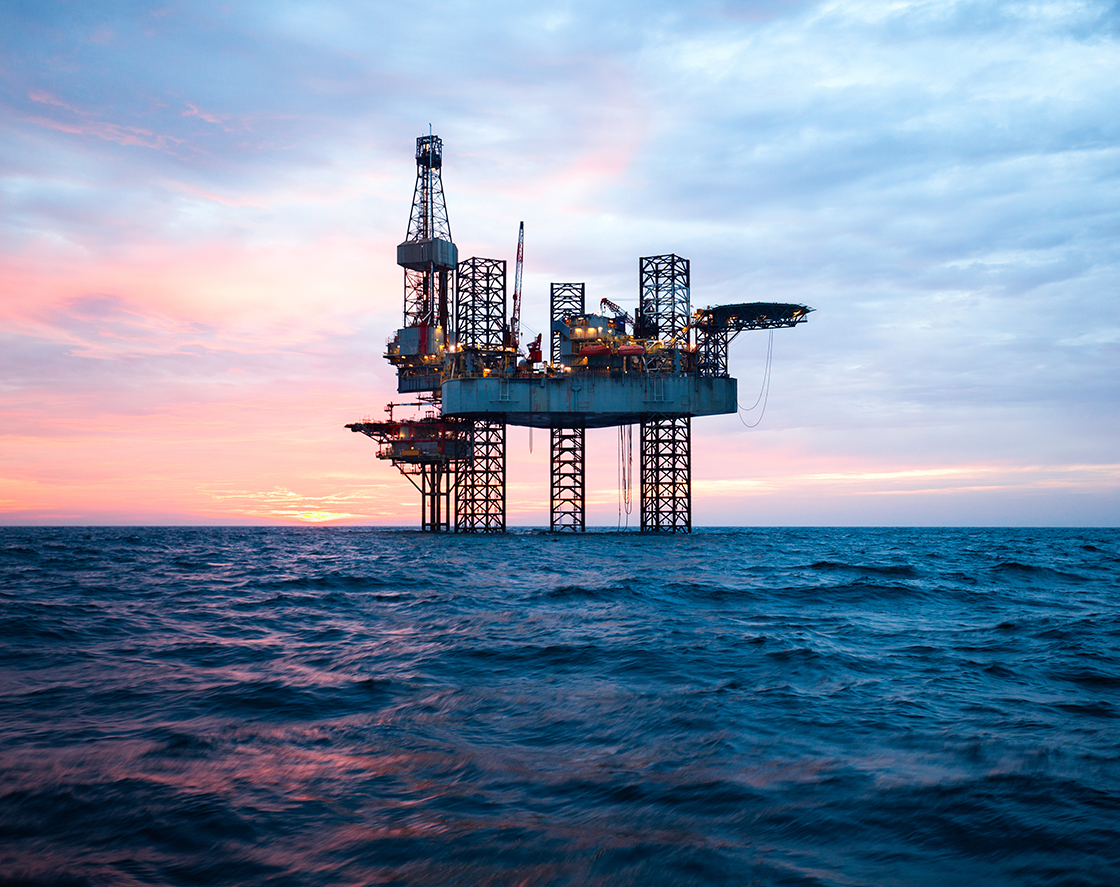
13 Aug Energy transformations
Ghana only made its first discovery of commercial quantities of hydrocarbons in 2007 but, today, crude oil is the country’s second-most valuable export after gold and brought in revenues of £3.5bn in 2018. Ghana has four main hydrocarbon basins containing both oil and associated gas: three offshore and one onshore that covers nearly half the country and shows high potential.
Its offshore resources are also underdeveloped. In 2019, for instance, local company Springfield E&P discovered a new oil deposit of 1.5bn barrels to add to the country’s previously proven reserves of 660m. Many international players have been attracted to exploit the country’s hydrocarbons in the last decade – including Eni, ExxonMobil, Shell, BP, Texaco and Tap – and the government wants to encourage more to join them. Last year, it held Ghana’s first competitive and transparent bidding round for oil blocks – a highly successful process that it intends to repeat. The government also wants to boost midstream capacity by building a new 150,000-bpd oil refinery within the next few years. Downstream, Ghana’s hydrocarbon sector has been liberalised, with more than 20 private-sector operators now supplying petroleum products to both the country and the wider region.
Perhaps surprisingly, Ghana is still an importer of energy and its power needs are increasing rapidly due to modernisation, urbanisation and industrialisation. It also sees a major opportunity in investing in power generation and electricity transmission lines to expand exports to its neighbours, which currently amount to around 240MW a day. One way Ghana can boost generation is through its plentiful sun and wind. The government’s 2019 Renewable Energy Master Plan aims to increase generation from these and other sustainable sources from 42.5MW to 1363.63MW by 2030 – suggesting that renewables are likely to represent the next transformation for Ghana’s energy sector.
